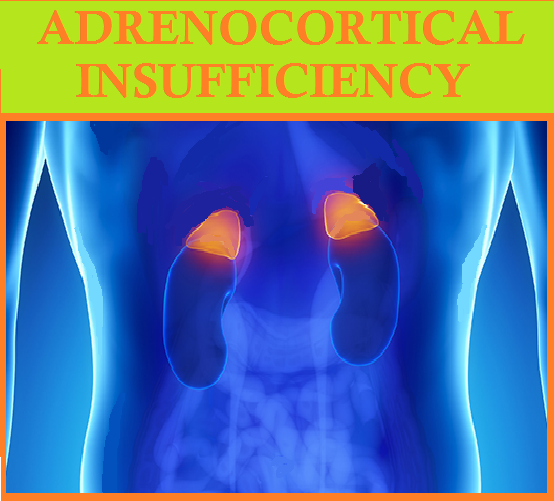ONCHOCERCIASIS
Onchocerciasis, or river blindness, is caused by Onchocerca volvulus. An estimated 37 million persons are infected, of whom 3-4 million have skin disease, 500,000 have severe visual impairment, and 300,000 are blinded. Over 99% of infections are in sub-Saharan Africa, especially the West African savanna, with about half of cases in Nigeria and Congo. In some hyperendemic African villages, close to 100% of individuals are infected, and 10% or more of the population is blind.
The disease is also prevalent in the southwestern Arabian peninsula and Latin America, including southern Mexico, Guatemala, Venezuela, Colombia, and northwestern Brazil. Onchocerciasis is transmitted by simulium flies (blackflies). These insects breed in fast-flowing streams and bite during the day.
After the bite of an infected blackfly, larvae are deposited in the skin, where adults develop over 6-12 months. Adult worms live in subcutaneous connective tissue or muscle nodules for a decade or more. Microfilariae are released from the nodules and migrate through subcutaneous and ocular tissues. Disease is due to responses to worms and to intracellular Wolbachia bacteria.
SIGNS AND SYMPTOMS OF ONCHOCERCIASIS
After an incubation period of up to 1-3 years, the Onchocerciasis disease typically produces an erythematous, papular, pruritic rash, which may progress to chronic skin thickening and depigmentation. Itching may be severe and unresponsive to medications, such that more disability-adjusted life years are lost to onchocercal skin problems than to blindness.
Numerous firm, non tender, movable subcutaneous nodules of about 0.5-3 cm, which contain adult worms, may be present. Due to differences in vector habits, these nodules are more commonly on the lower body in Africa but on the head and upper body in Latin America. Inguinal and femoral lymphadenopathy is common, at times resulting in a “hanging groin,” with lymph nodes hanging within a sling of atrophic skin. Patients may also have systemic symptoms, with weight loss and musculoskeletal pain.
The most serious manifestations of onchocerciasis involve the eyes. Microfilariae migrating through the eyes elicit host responses that lead to pathology. Findings include punctate keratitis and corneal opacities, progressing to
sclerosing keratitis and blindness. Iridocyclitis, glaucoma, choroiditis, and optic atrophy may also lead to vision loss. The likelihood of blindness after infection varies greatly based on geography, with the risk greatest in savanna regions of West Africa
DIAGNOSTIC TESTING OF ONCHOCERCIASIS
The diagnosis is made by identifying microfilariae in skin anips, by visualizing microfilariae in the cornea or anterior chamber by slit-lamp examination, by identification of adult worms in a biopsy or aspirate of a nodule or, uncommonly. by identification of microfilariae in urine.
Skin snips from the iliac crest (Africa) or scapula (Americas) are allowed to stand in saline for 2-4 hours or longer, and then examined microscopically for microfilariae. Deep punch biopsies are not needed, and if suspicion persists after a skin snip is negative, the procedure should be repeated. Ultrasound may identity characteristic findings suggestive of adult worms in skin nodules.
When the diagnosis remains difficult, the Mazzotti test can be used; exacerbation of skin rash and pruritus after a 50-mg dose of diethylcarbamazine is highly suggestive of the diagnosis. This test should only be used after other tests are negative, since treatment can elicit severe skin and eye reactions in heavily infected individuals. A related and safer test using topical diethylcarbamazine is also available. Eosinophilia is a common, but inconsistent finding Antigen and antibody detection tests are under study.
TREATMENT OF ONCHOCERCIASIS
The treatment of choice is ivermectin, which kills microfilariae, but not adult worms, so disease control requires repeat administrations. Treatment is with a single oral dose of 150 mcg/mL, but schedules for re-treatment have not been standardized. One regimen is to treat every 3 months for 1 year, followed by treatment every 6-12 months for the suspected life span of adult worms (about 15 years).
Treatment results in marked reduction in numbers of microfilariae in the skin and eyes, although its impact on the progression of visual loss remains uncertain. Toxicities of Ivermectin are generally mild; fever, pruritus, urticaria, myalgias, edema, hypotension, and tender lymphadenopa thy may be seen, presumably due to reactions to dying worms. Ivermectin should be used with caution in patients also at risk for loiasis, since it can elicit severe reactions including encephalopathy. As with other filarial infections, doxycycline acts against O volvulus by killing intracellular Wolbachia bacteria.
A course of 100 mg/day for 4-6 weeks kills the bacteria and prevents parasite embryogenesis for at least 18 months. Doxycycline shows promise as a first- line agent to treat onchocerciasis because of its improved activity against adult worms compared to other agents and limited toxicity due to the slow action of the drug. Protection against onchocerciasis includes avoidance of biting flies. Major efforts are underway to control insect vectors in Africa. In addition, mass distribution of ivermectin for intermittent administration at the community level is ongoing, and the prevalence of severe skin and eye disease is decreasing.
For Informational purpose only. Consult your Physician for advice.
